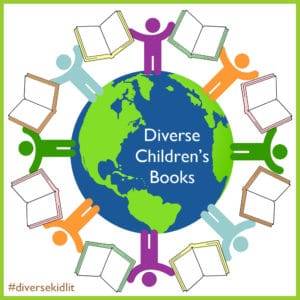 Discussions about kindness appear frequently as we strive to understand how to handle the challenges and social turmoil of our current times. Although we frequently admonish children to be kind we’ve done little to educate them on how kindness might look and sound, and feel. These are important parts of the relationship equation which children need to learn.
Discussions about kindness appear frequently as we strive to understand how to handle the challenges and social turmoil of our current times. Although we frequently admonish children to be kind we’ve done little to educate them on how kindness might look and sound, and feel. These are important parts of the relationship equation which children need to learn.
Be Kind by Pat Zietlow Miller offers a tender perspective on the subject. Jen Hill’s dreamy watercolor illustrations beautifully render the emotions reflected in the characters’ faces. Miller uses a universal experience of doing something embarrassing in full view of others: Tanisha spill grape juice all over herself. Because of the nature of grape juice, her spill is not simply a moment of embarrassment; it is a day-long exercise in humiliation.
Tanisha feels mortified and when her classmates laugh and jeer at her, she feels even worse. The entire class joins in derisive laughter with the exception of one soul who struggles to comfort Tanisha. Her bravery models one important response to bullying: be an ally instead of a bystander or co-conspirator. When her awkward efforts to comfort Tanisha backfire, she wonders what else she could have done to help Tanisha. Illustrations of her musings introduce readers to a menu of ways they might try in similar circumstances. They reflect a range of choices, settings and diverse characters; recycling, calling people by name, befriending the new student, listening, etc. Some of these actions focus on empathy, an essential ingredient of awareness that helps combat bullying.
She acknowledges that being kind and sticking up for others is hard and scary! She also notes that even if her actions do not “fix” the situation, it is still important to try. And try again. “Maybe I can only do small things. But my small things might join small things other people do. And, together, they could grow into something big.” The story demonstrates that change starts small, in one-to-one actions and they can gather momentum to create a bigger change.
In this story the girl’s efforts to cheer Tanisha spotlight a courageous act of kindness yet it realistically shows that sometimes it doesn’t quite set things right. This is another important lesson.
Tanisha is a person of color and it is refreshing to see the character in an ordinary, universal moment that has nothing to do with racial bias. She’s simply a kid just like other kids.
AQ Lens Adoptees frequently wrestle with intrusive personal questions, insults and prejudices about their being adopted, for example, Why didn’t your mother want you? How much did your parents pay for you? Where is your real mom? Most of them have direct experience with the kind of humiliating “othering” experience depicted in the book so they will easily identify with Tanisha. They know how it feels to yearn for kindness and empathy.
https://wp.me/p4vGHg-S5



